



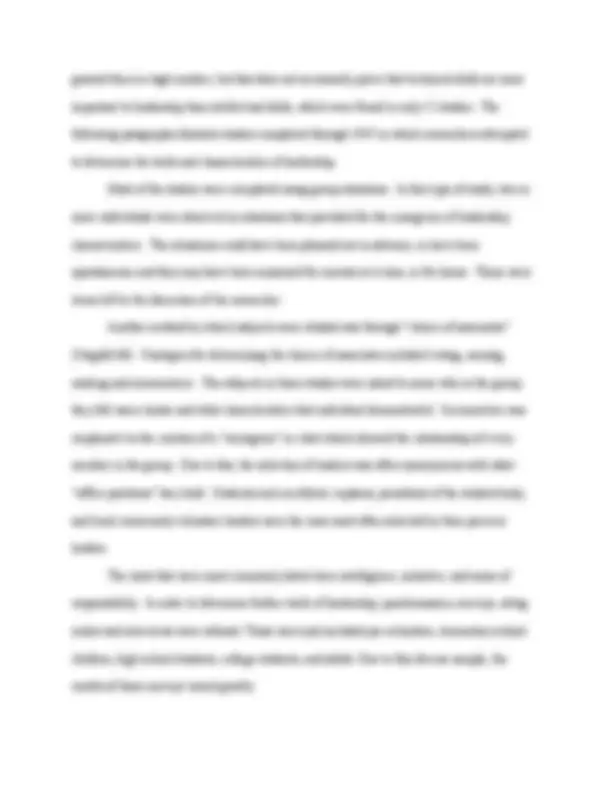

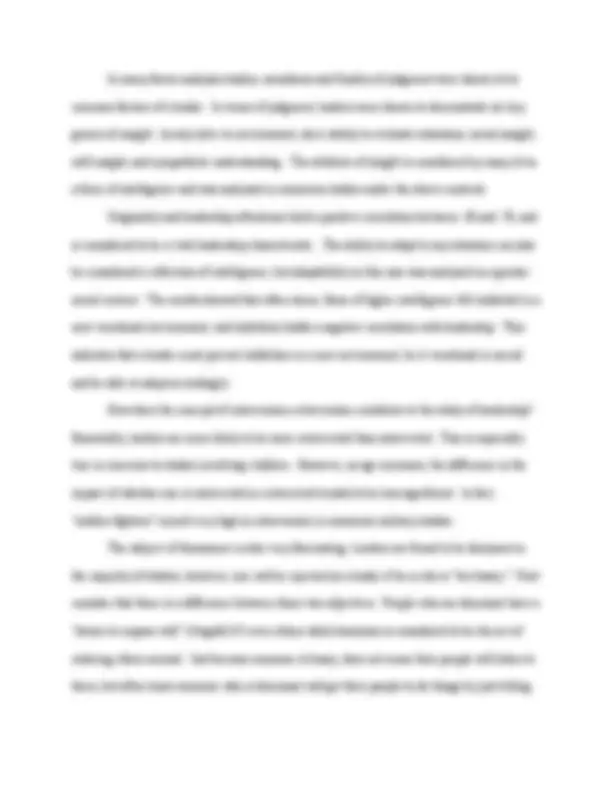
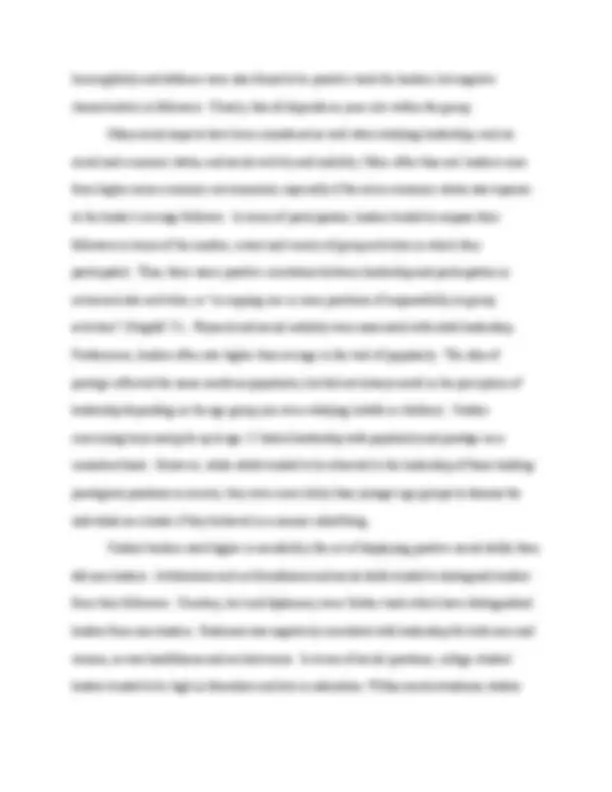
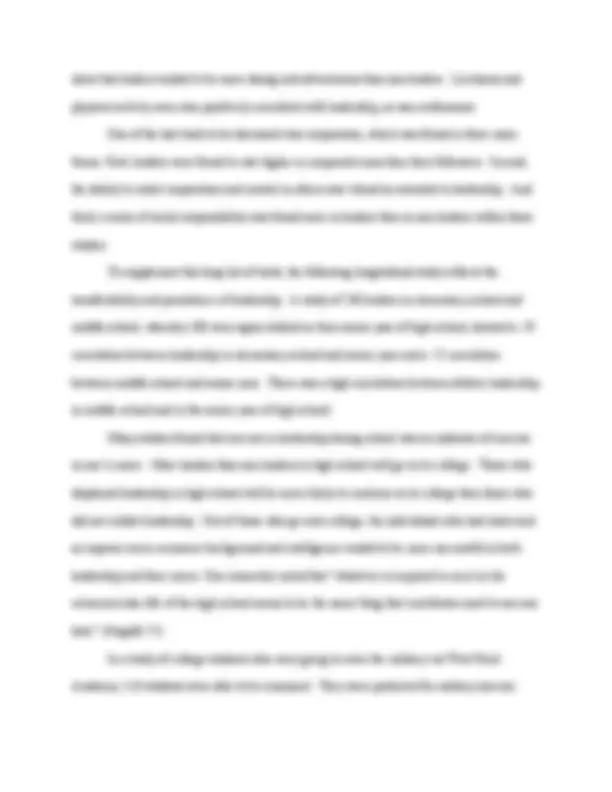
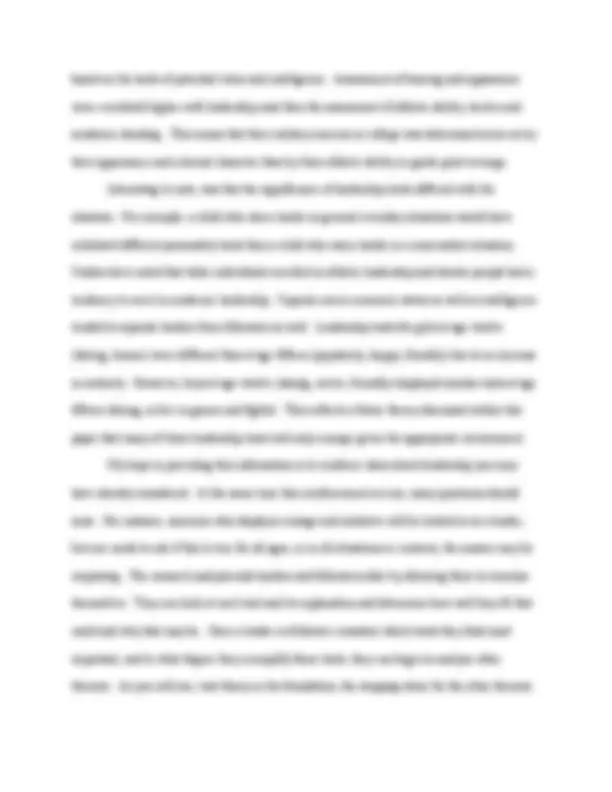
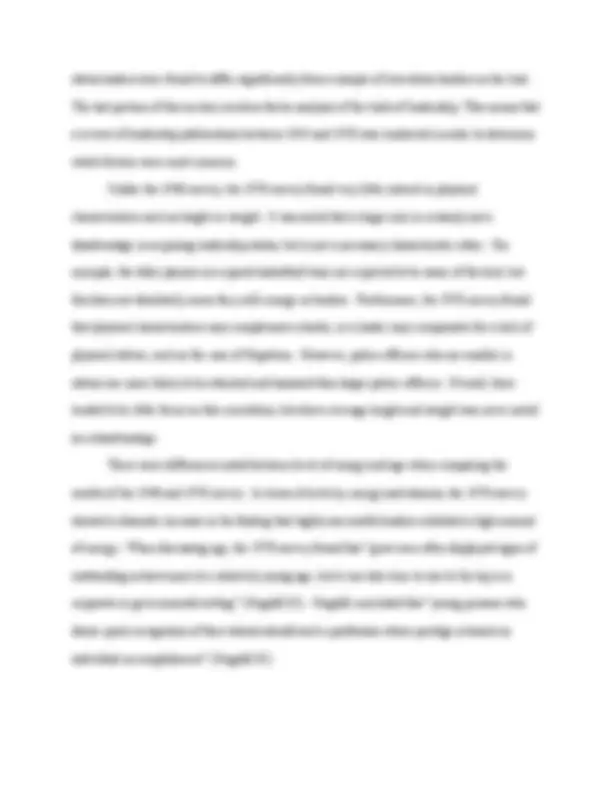
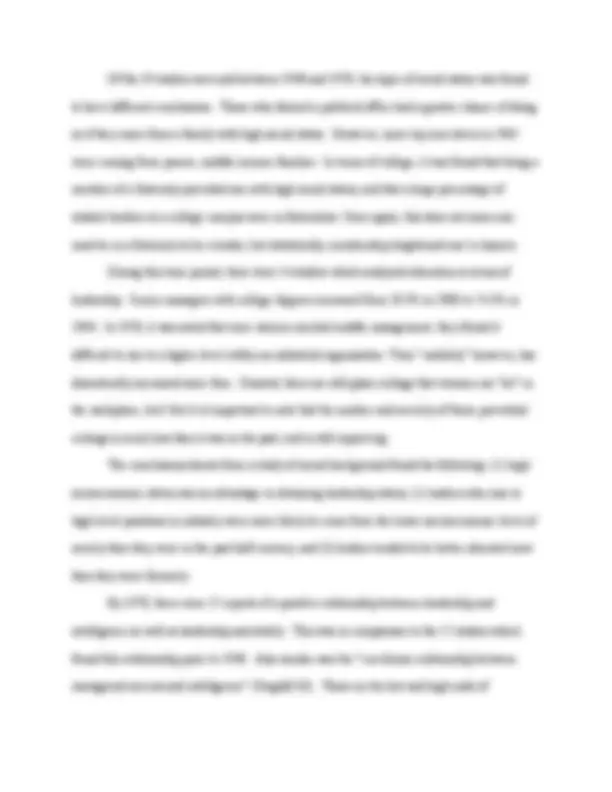
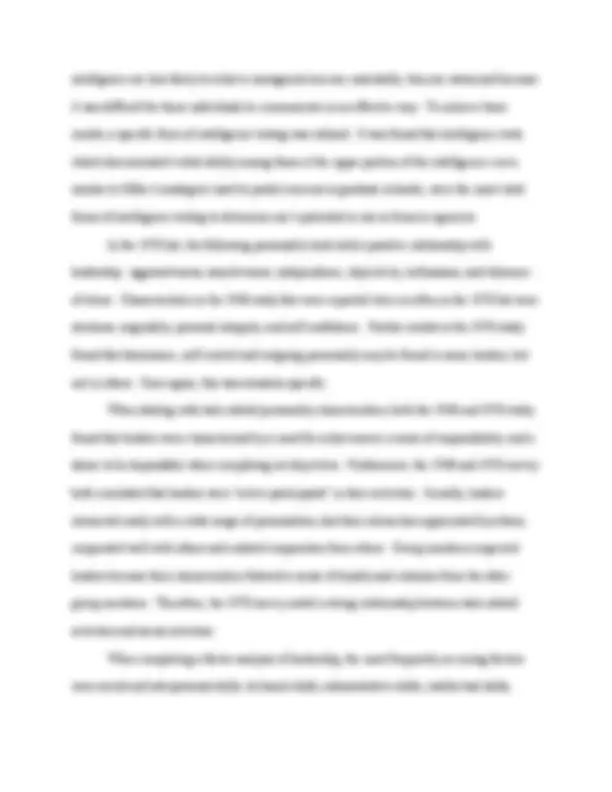
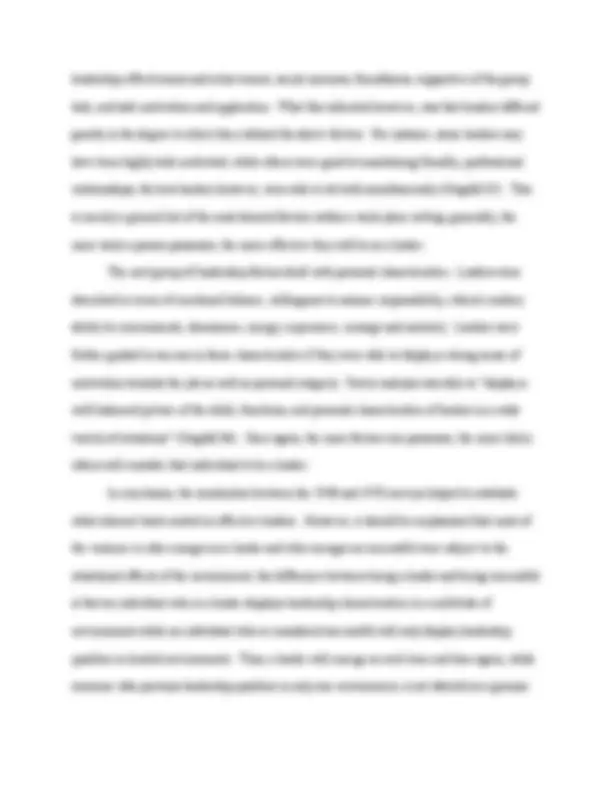
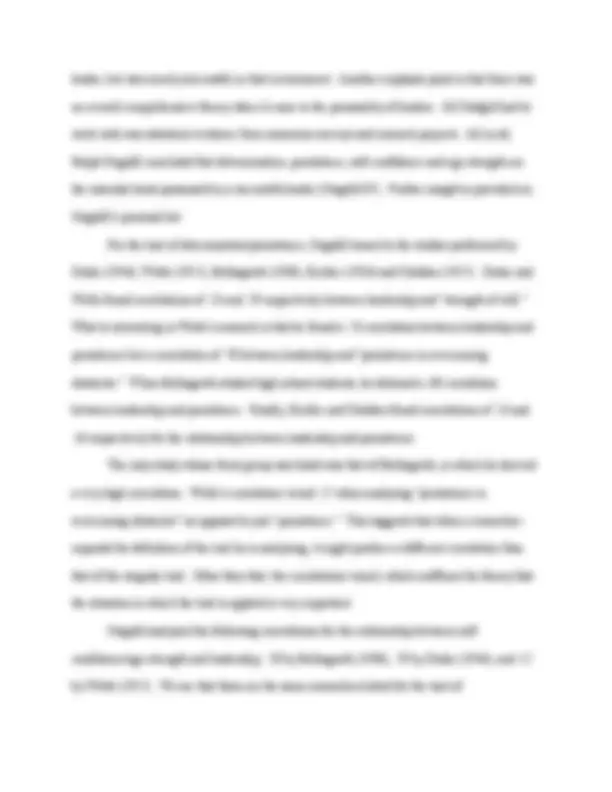



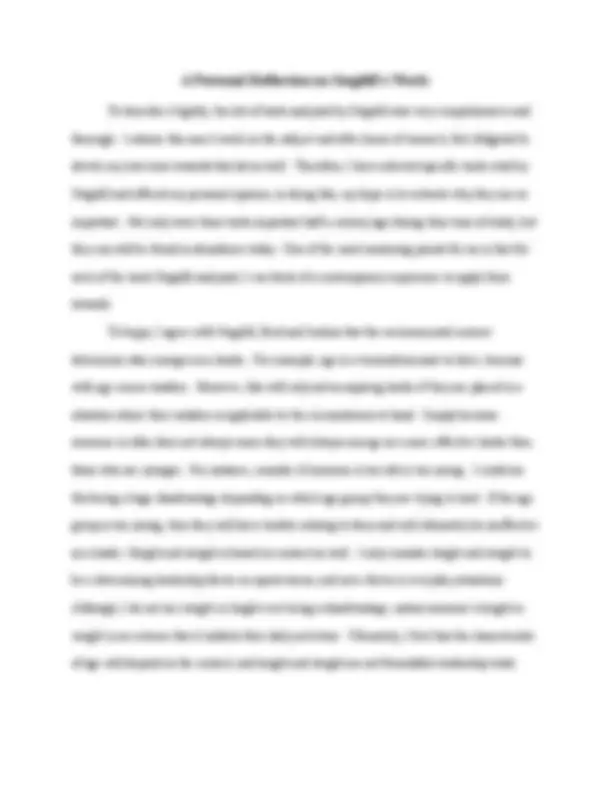
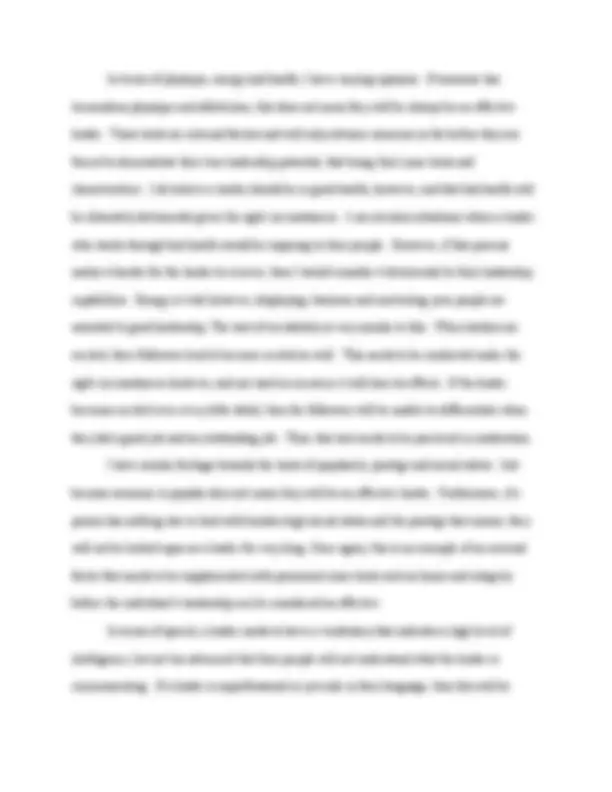
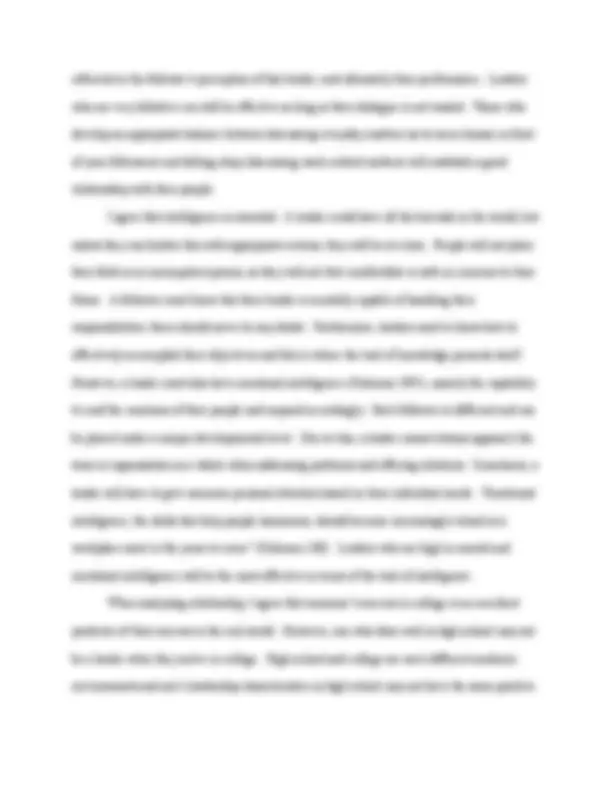

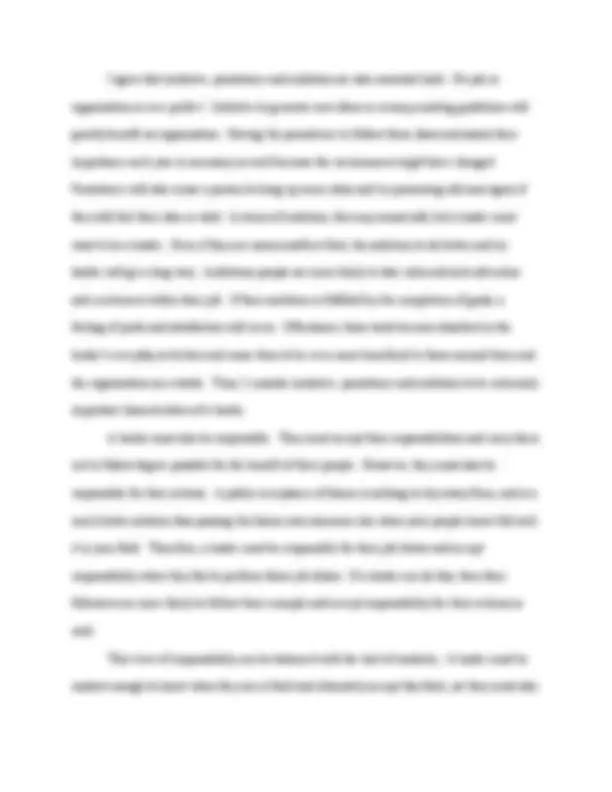
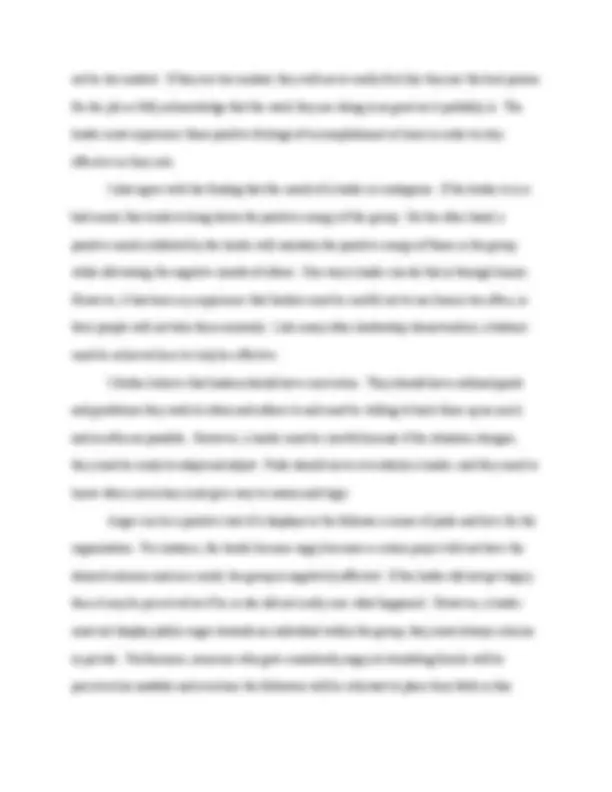
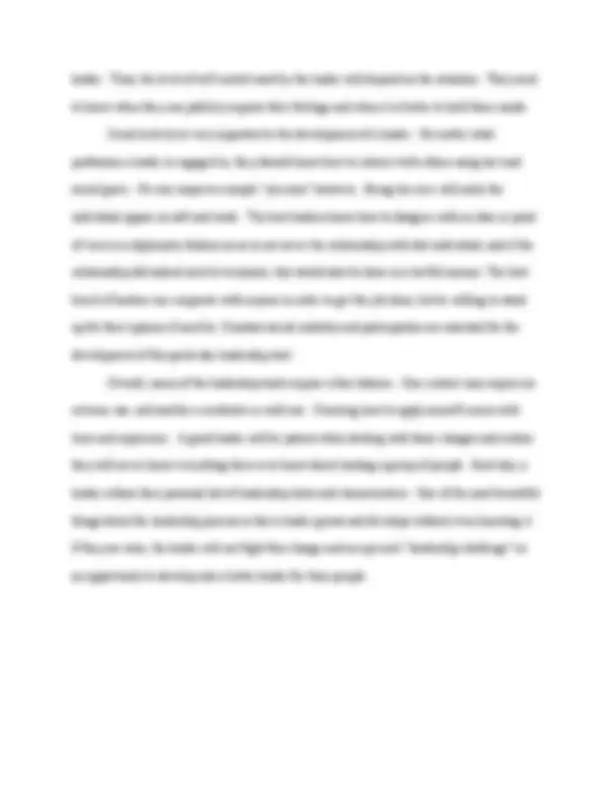
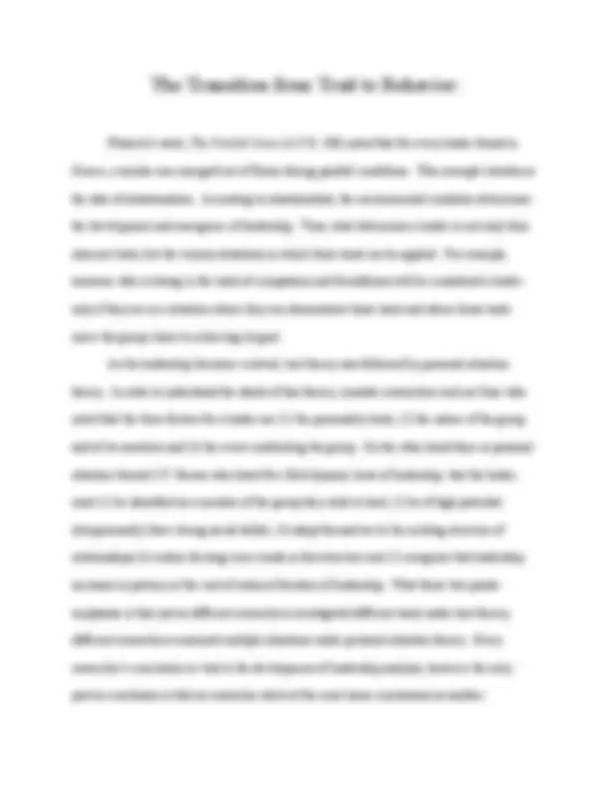
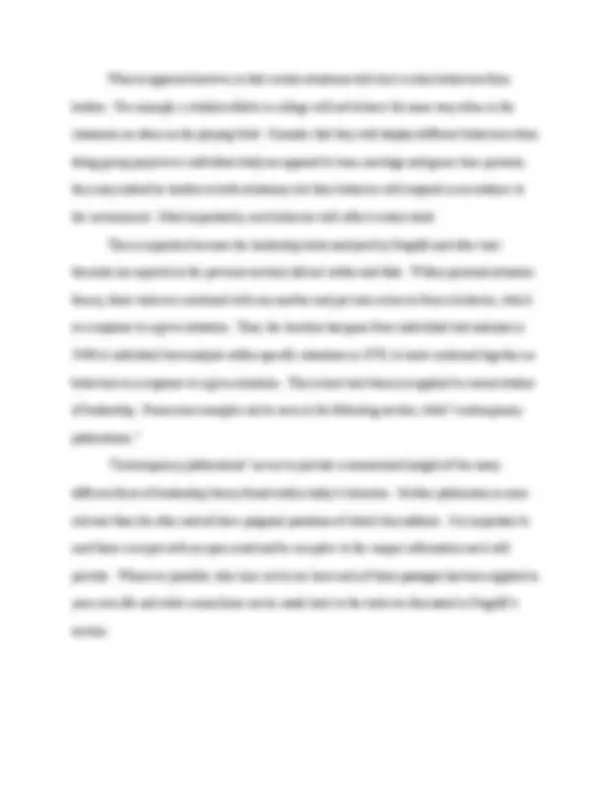
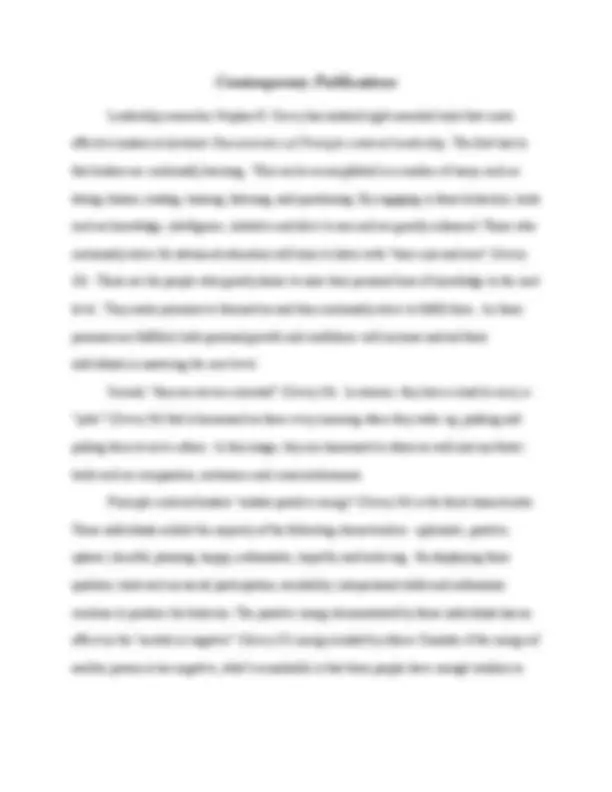
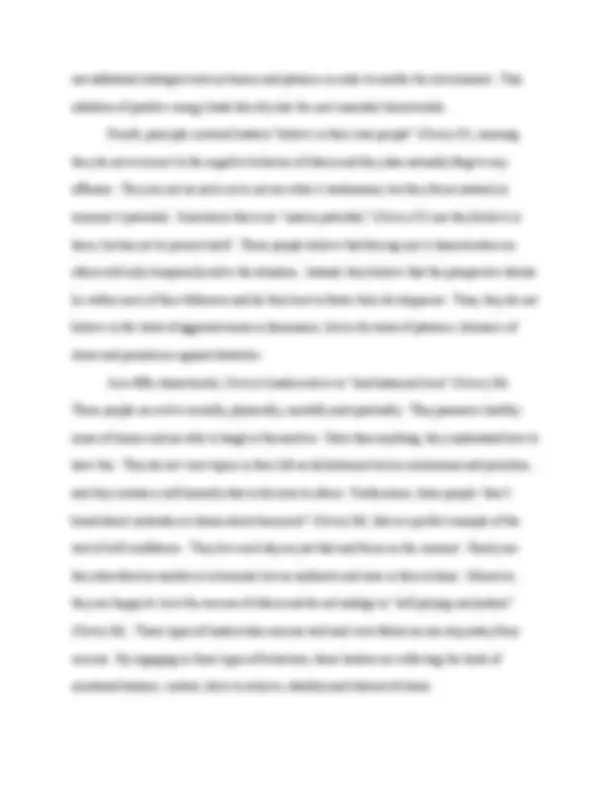
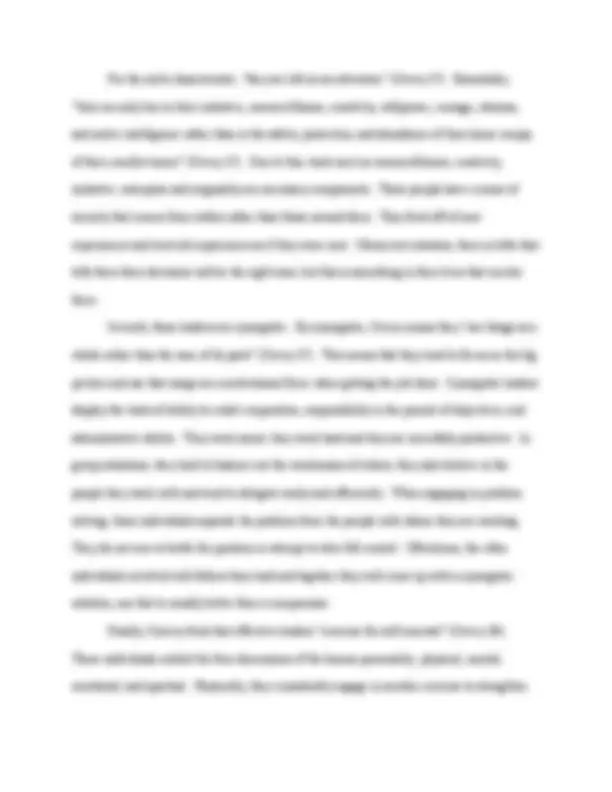

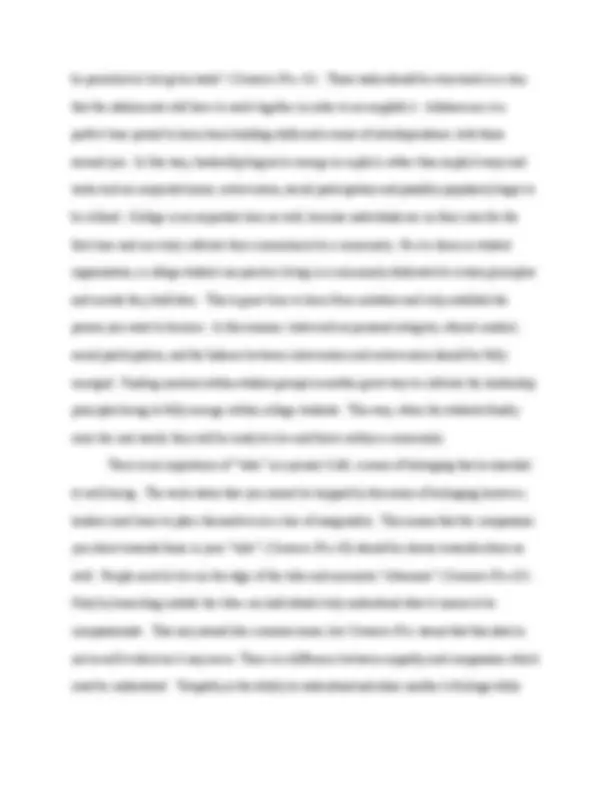

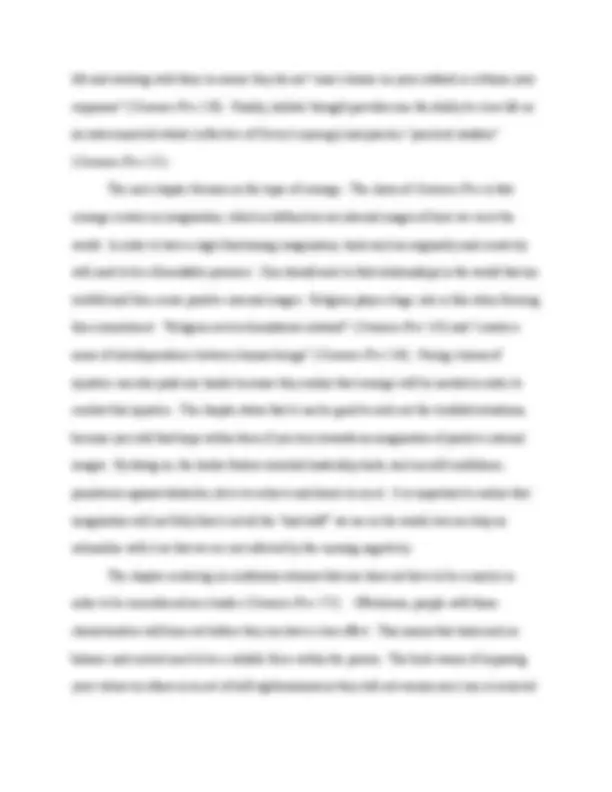
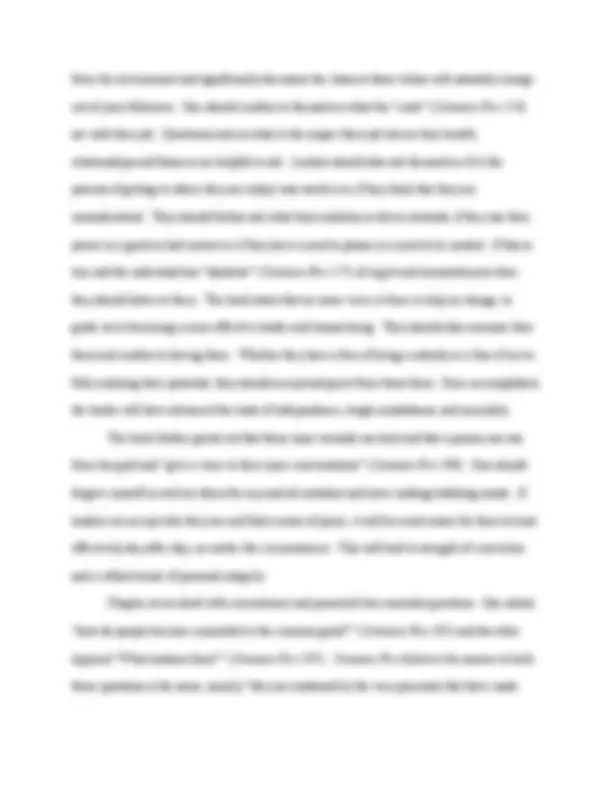
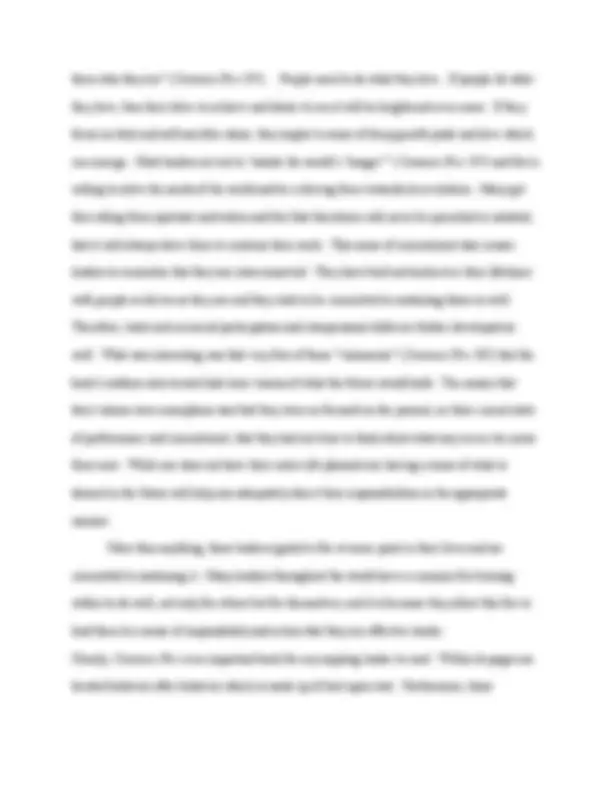
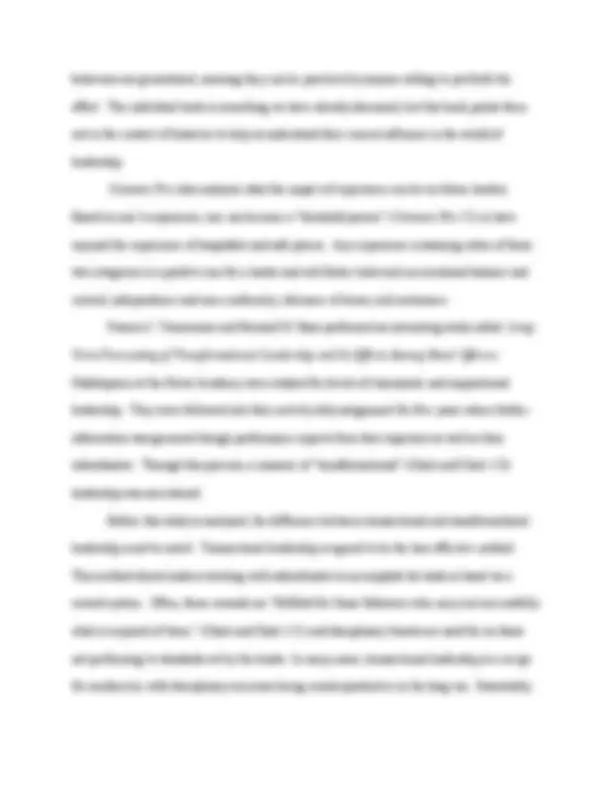
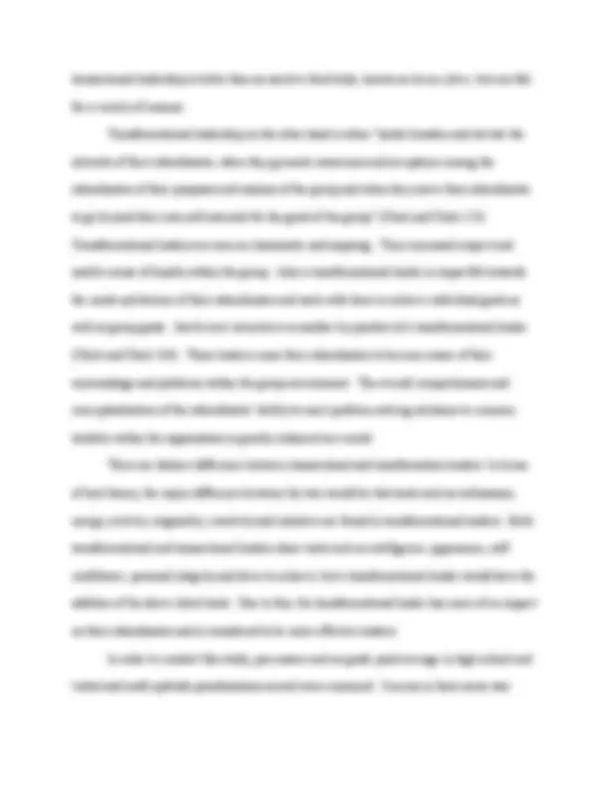



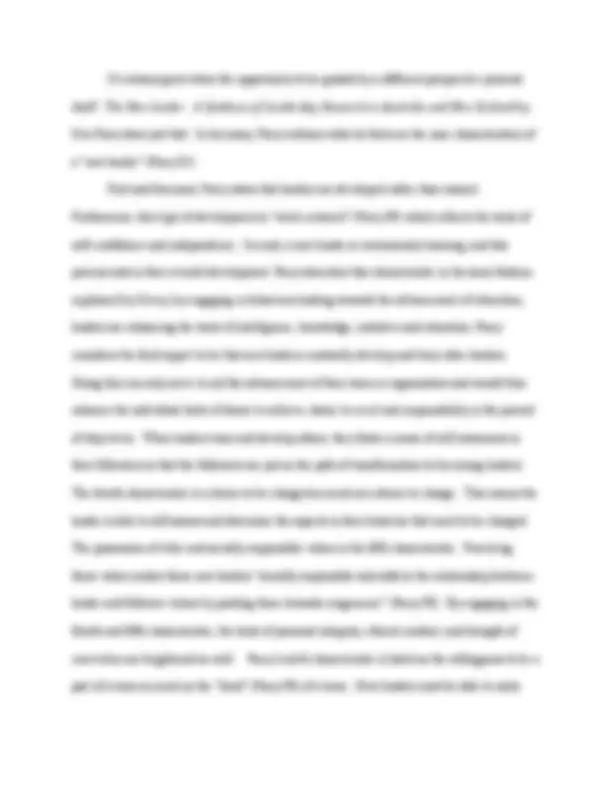
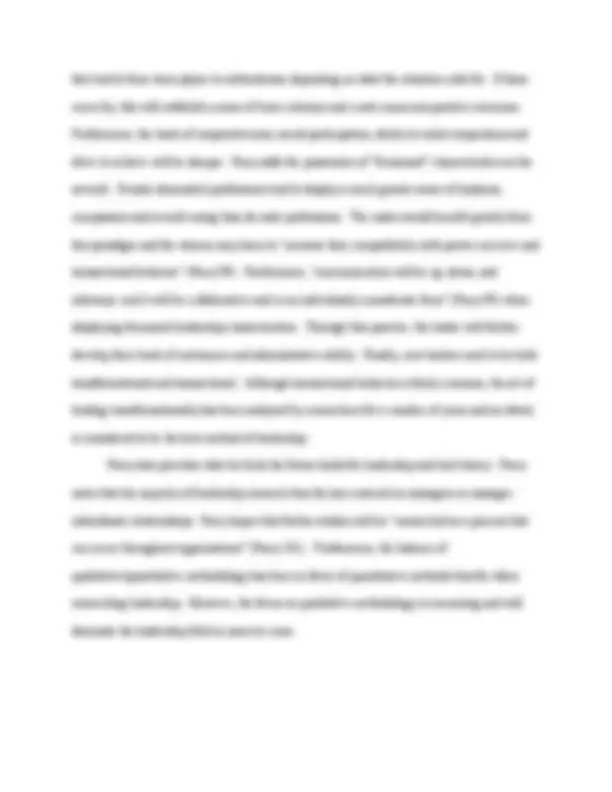
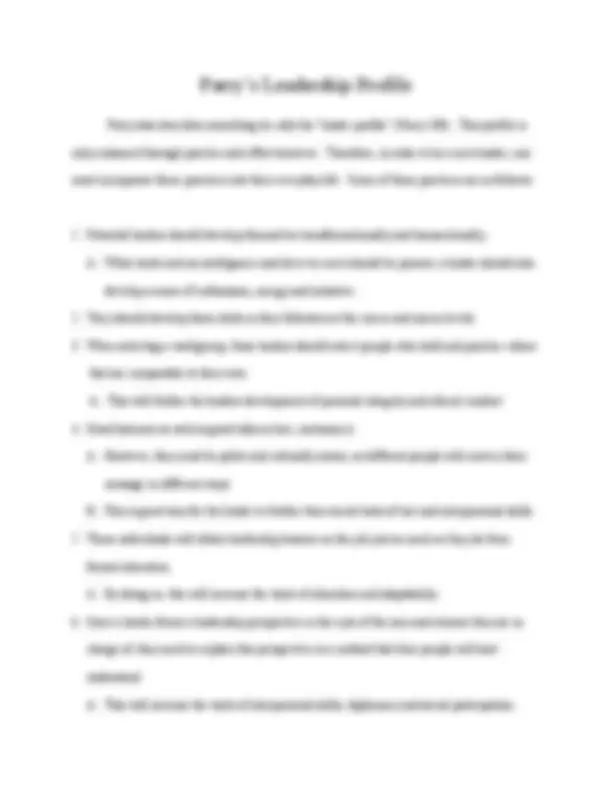

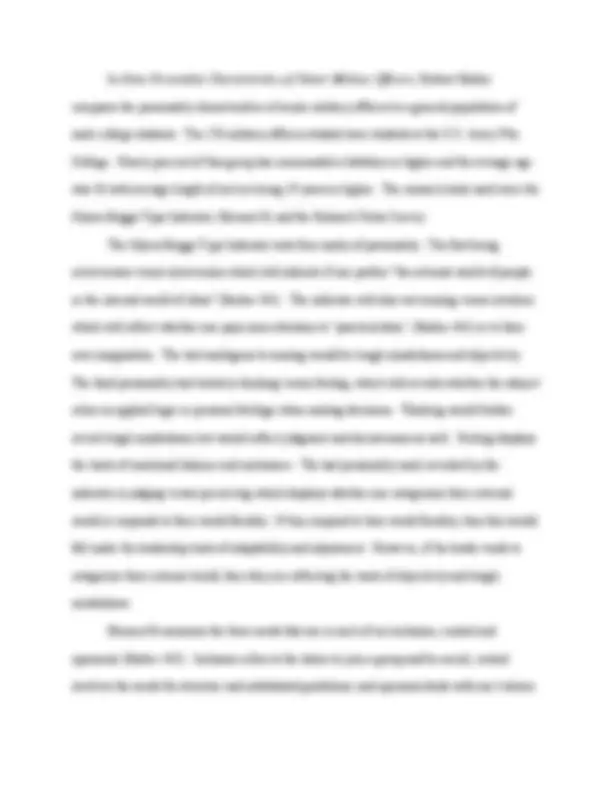
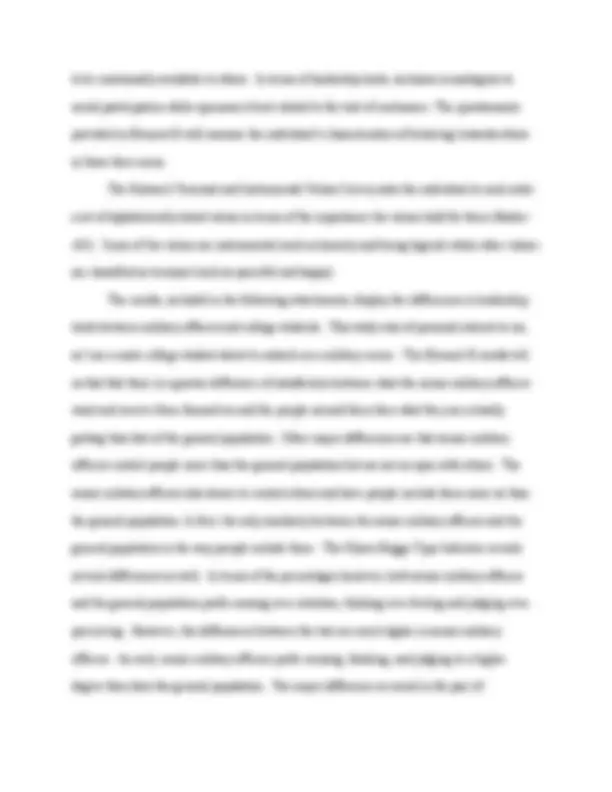

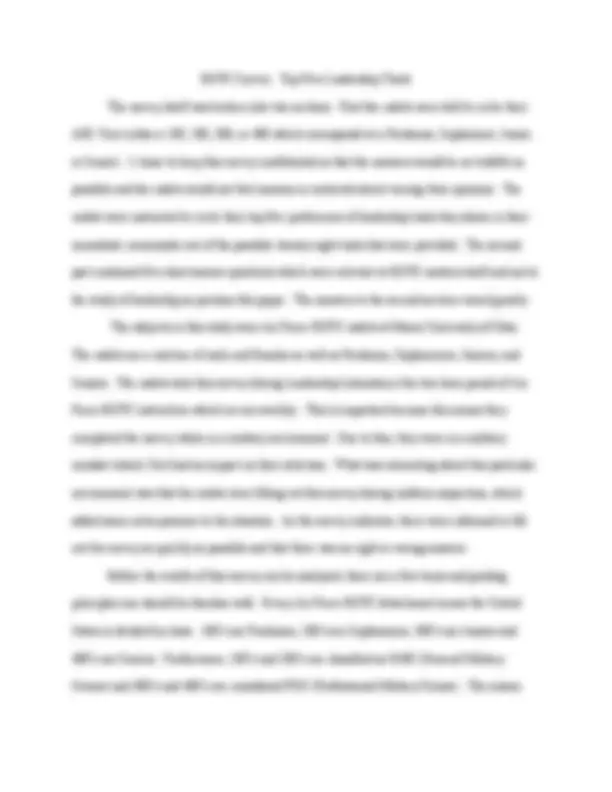
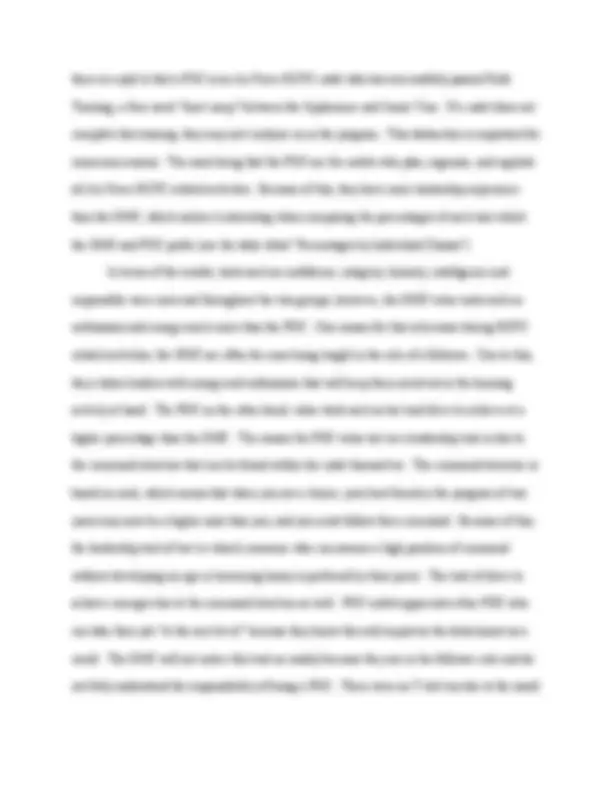


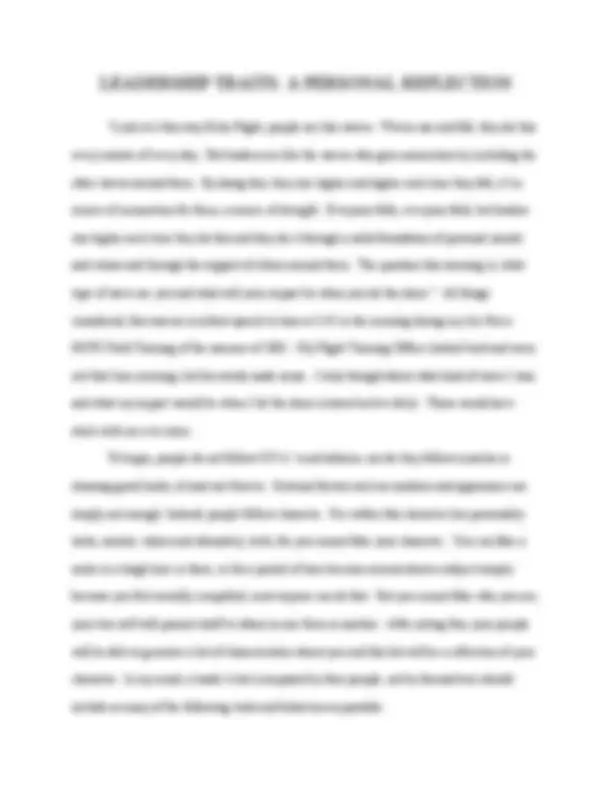

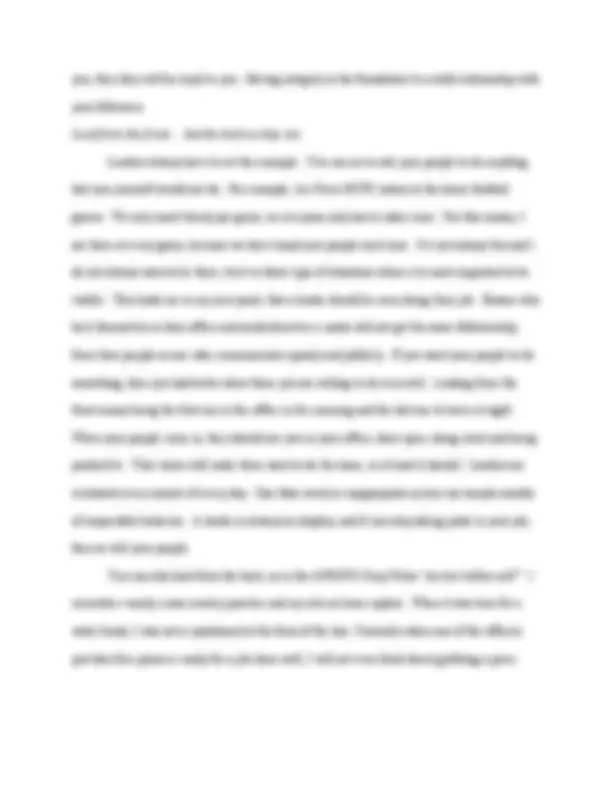
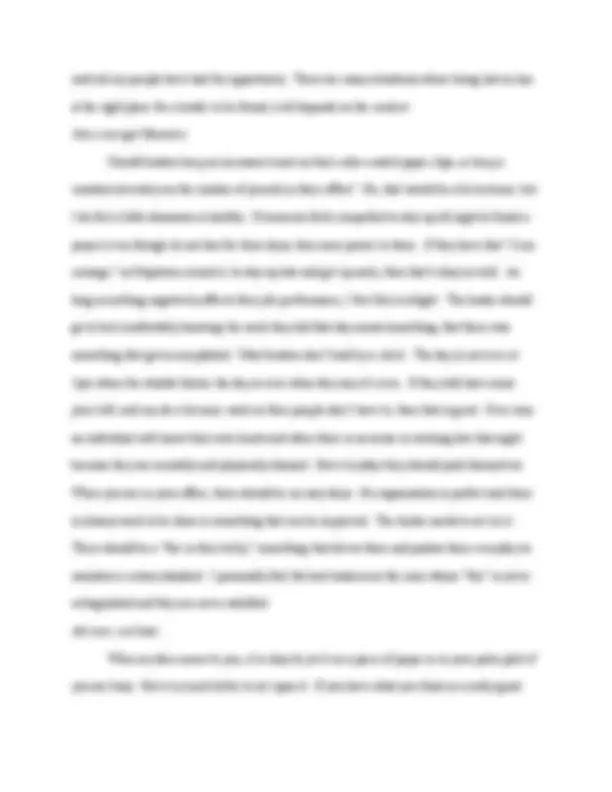

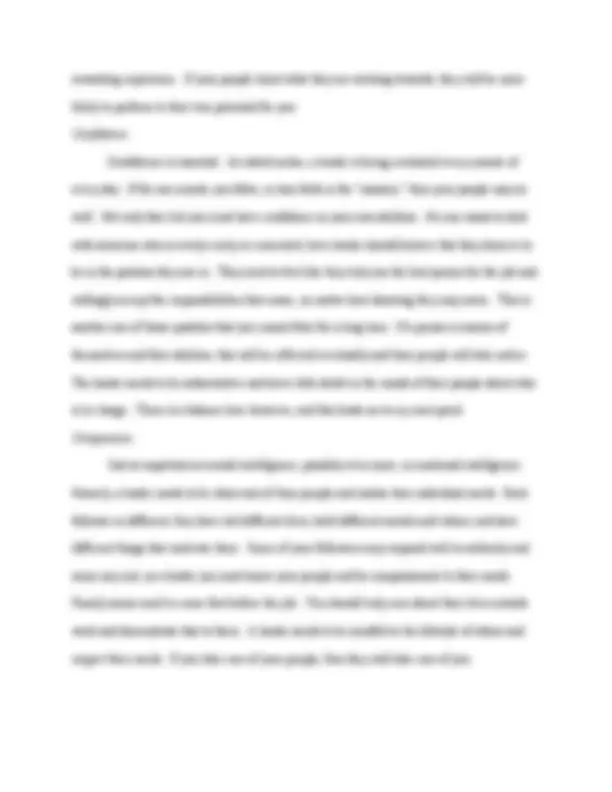
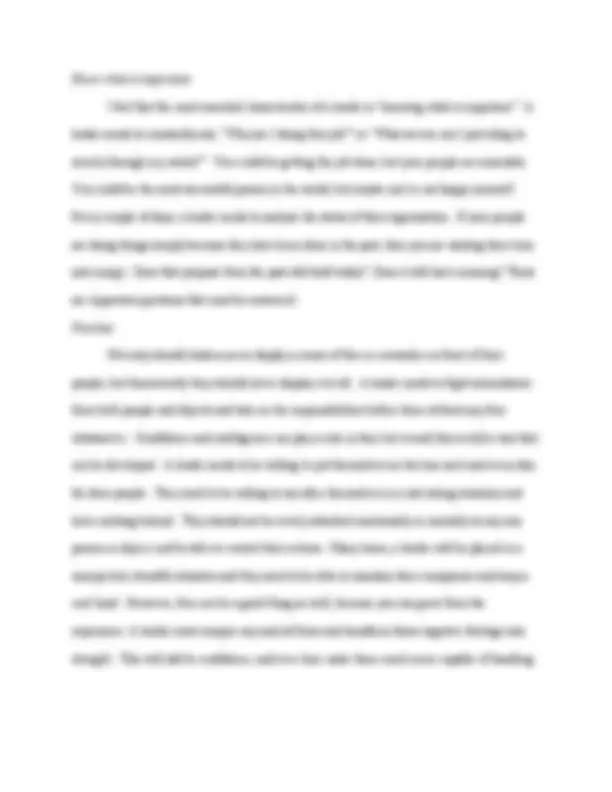




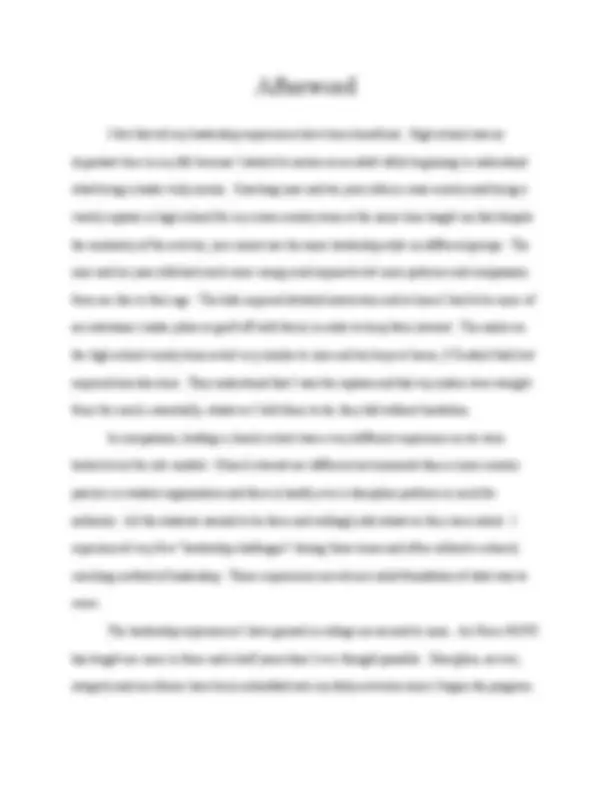

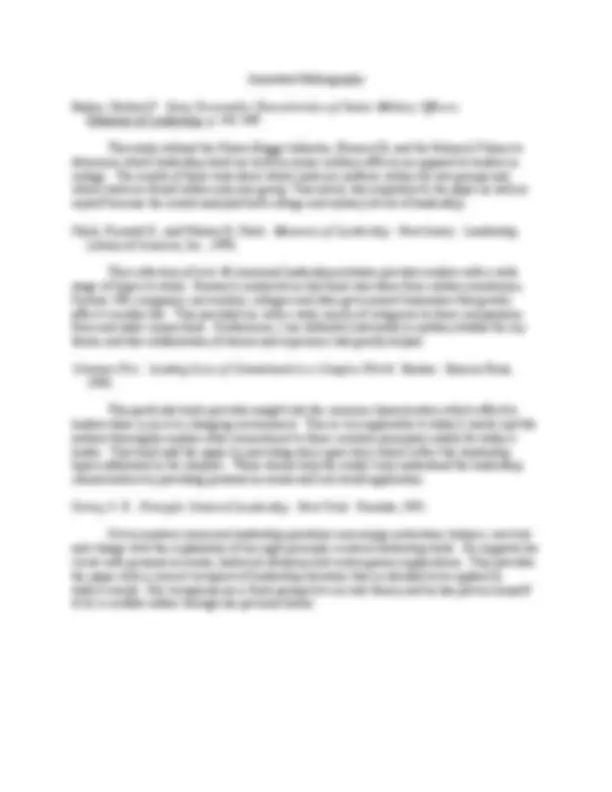






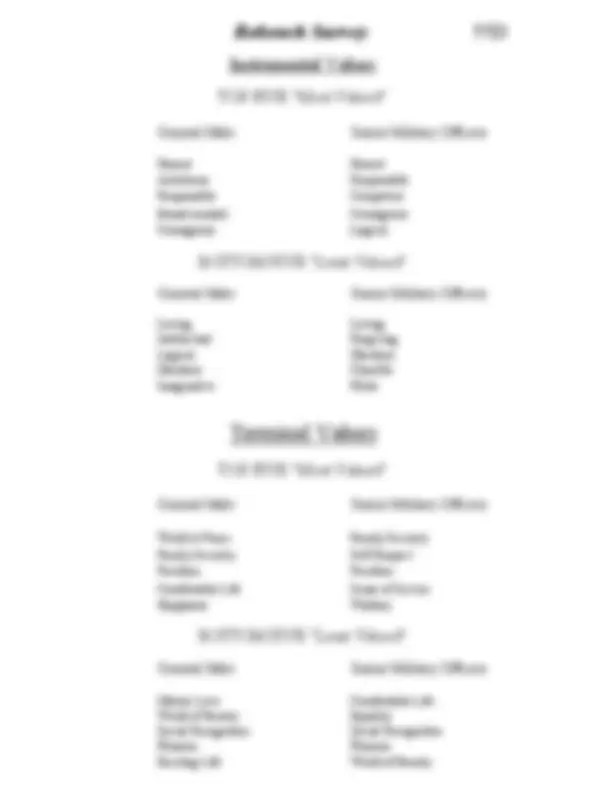


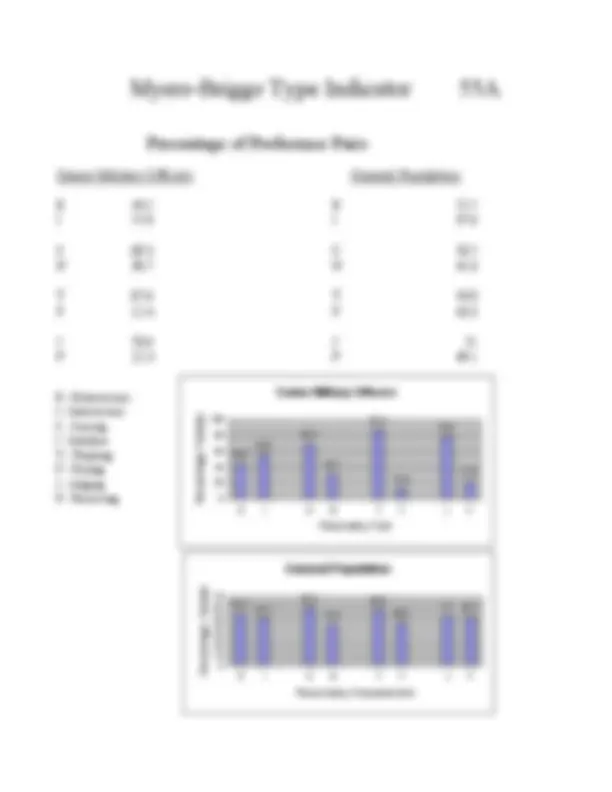

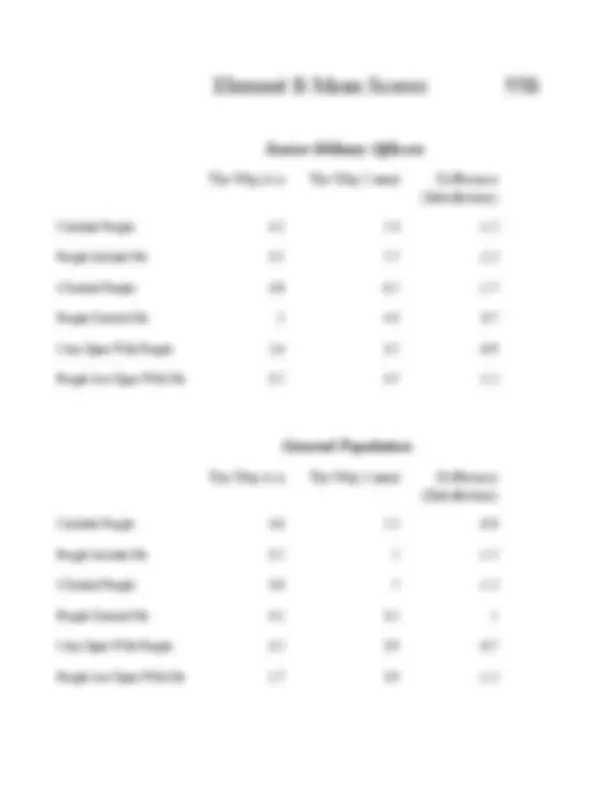



Study with the several resources on Docsity

Earn points by helping other students or get them with a premium plan


Prepare for your exams
Study with the several resources on Docsity

Earn points to download
Earn points by helping other students or get them with a premium plan
Community
Ask the community for help and clear up your study doubts
Discover the best universities in your country according to Docsity users
Free resources
Download our free guides on studying techniques, anxiety management strategies, and thesis advice from Docsity tutors
The story of trait leadership: A thesis submitted to Miami University by Daniel Patrick McGuire.
Typology: Thesis
1 / 86

This page cannot be seen from the preview
Don't miss anything!















































































A thesis submitted to the Miami University Honors Program in partial fulfillment of the requirements for University Honors
by Daniel Patrick McGuire Jr. May 2004 Oxford, Ohio
Abstract: The following paper is a journey of trait theory as it applies to the research topic of leadership. The first half is comprised of early research from Ralph Stogdill who conducted a comprehensive analysis of the leadership literature in the year 1947, and then again in 1970. The 1947 analysis covered the years 1904-1947 while the 1970 study tackled the years 1948-1970. This was a very significant time period for trait theory where many interesting and revolutionary discoveries took place. The second half of the paper focuses on contemporary articles and publications where trait theory has been employed in the study of leadership. Diverse examples from these contemporary sources include the civilian world, the college environment and the military. While Stephen R. Covey isolates eight essential characteristics that create effective leaders, the collective work, Common Fire , lists six main attributes required for today’s leader, and Ken Parry outlines for readers what he feels are the nine characteristics of a “new leader.” In terms of military analyses, Frances J. Yammarino and Bernard M. Bass perform an interesting study titled Long-Term Forecasting of Transformational Leadership and Its Effects Among Naval Officers , and Herbert Barber compares the personality characteristics of senior military officers to a general population of male college students. Finally, a study of the top five leadership traits as chosen by a sample of Air Force ROTC cadets is compiled by myself. Through the discussion of these works on leadership, many interesting parallels to the 1947 and 1970 studies can be seen, as well as noticeable differences.
Acknowledgements : Now that I have completed this illustrious paper, there are numerous people I would like to thank:
Dr. Langdon, for her support and guidance as an advisor and overall leadership theologian. Dr. Dennis Roberts for his wisdom and appreciation as a reader Colonel Kimble Stohry for his 27 years of leadership experience in the Air Force and guidance as a reader Dr. Carolyn Haynes for keeping me on the right track, and offering guidance Mrs. Debra Stanley for granting me the Joseph F. Hogan Research Scholar Room equipped with all the tools I needed to successfully complete my thesis Mr. Jason Lanter for being understanding during this process The cadets of Detachment 640 for their unselfish contribution and inspiration My family and my God for their undying support
At the turn of the twentieth century, leaders were regarded as those individuals who, as a result of “fortunate inheritance or social adventure,” (Stogdill 78) possessed distinctive qualities that made them leaders. The research topic of trait theory was born to answer the question of “What are these qualities, or traits?” During the time period of 1904-1947, researchers Smith and Kruger (1933) and Jenkins (1947) contributed the most significant material on trait theory. Smith and Kruger surveyed the literature on leadership while Jenkins reviewed leadership methodology as applied to military situations. Ralph M. Stogdill compiled their findings, as well as numerous other leadership surveys, and summarized the results in “Personal Factors Associated with Leadership” within the Journal of Psychology in 1948. His research demonstrated many important points. One of the most prominent was that the number of investigations into a specific leadership factor is not the main indicator of its importance, but the frequency by which the trait is shown to have a positive correlation^1. Some traits were evaluated many more times than others, but had consistently lower correlations with leadership than certain traits analyzed less often. For example, Table 2 indicates that technical skills were found in 18 studies;
granted this is a high number, but that does not necessarily prove that technical skills are more important to leadership than intellectual skills, which were found in only 12 studies. The following paragraphs illustrate studies completed through 1947 in which researchers attempted to determine the traits and characteristics of leadership. Most of the studies were completed using group situations. In this type of study, two or more individuals were observed in situations that provided for the emergence of leadership characteristics. The situations could have been planned out in advance, or have been spontaneous, and they may have been measured for minutes at a time, or for hours. These were items left to the discretion of the researcher. Another method by which subjects were studied was through “choice of associates” (Stogdill 60). Strategies for determining the choice of associates included voting, naming, ranking and sociometrics. The subjects in these studies were asked to name who in the group they felt was a leader and what characteristics that individual demonstrated. Sociometrics was employed via the creation of a “sociogram” or chart which showed the relationship of every member in the group. Due to this, the selection of leaders was often synonymous with what “office positions” they held. Students such as athletic captains, presidents of the student body, and local community-volunteer leaders were the ones most often selected by their peers as leaders. The traits that were most commonly listed were intelligence, initiative, and sense of responsibility. In order to determine further traits of leadership, questionnaires, surveys, rating scales and interviews were utilized. Those surveyed included pre-schoolers, elementary school children, high school students, college students, and adults. Due to this diverse sample, the results of these surveys varied greatly.
In many factor-analysis studies, soundness and finality of judgment were shown to be common factors of a leader. In terms of judgment, leaders were shown to demonstrate six key genres of insight: keenly alive to environment, alert, ability to evaluate situations, social insight, self-insight, and sympathetic understanding. The attribute of insight is considered by many to be a form of intelligence and was analyzed in numerous studies under the above contexts. Originality and leadership oftentimes held a positive correlation between .38 and .70, and is considered to be a vital leadership characteristic. The ability to adapt to any situation can also be considered a reflection of intelligence; but adaptability in this case was analyzed in a greater social context. The results showed that often times, those of higher intelligence felt inhibited in a new vocational environment, and inhibition holds a negative correlation with leadership. This indicates that a leader must prevent inhibition in a new environment, be it vocational or social and be able to adapt accordingly. How does the concept of introversion-extroversion contribute to the study of leadership? Essentially, leaders are more likely to be more extroverted than introverted. This is especially true in concerns to studies involving children. However, as age increases, the difference in the impact of whether one is introverted or extroverted tended to be less significant. In fact, “soldier-fighters” scored very high in introversion in numerous military studies. The subject of dominance is also very fascinating. Leaders are found to be dominant in the majority of studies; however, one will be rejected as a leader if he or she is “too bossy.” First consider that there is a difference between these two adjectives. People who are dominant have a “desire to impose will” (Stogdill 67) over others while bossiness is considered to be the act of ordering others around. Just because someone is bossy, does not mean their people will listen to them, but often times someone who is dominant will get their people to do things by just telling
them. Many studies concluded that individuals prefer leaders who can keep order without having to be bossy. Other leadership traits included initiative and ambition. Initiative contained a positive correlation to leadership in almost every single study. Studies have noted that many great “face- to-face” (Stogdill 68) leaders were characterized by “persistence in the face of obstacles,” (Stogdill 68) and “degree of strength of will or perseverance” (Stogdill 68). Other studies have concluded that numerous soldiers, religious leaders and statesmen had a “desire to excel at performances” (Stogdill 68). When comparing college leaders to college non-leaders, it was noted that the difference between ambition levels was significant with college leaders emerging as more ambitious than college non-leaders. Many feel that this notion of leadership being related to work rather than status was concurrent with the belief that the level of ambition displayed in college will continue on to aid these individuals in becoming leaders of their industry as well. This is a perfect example of a trait that has not been studied as much as other traits, but has proven to be vastly significant in each of its studies. Responsibility was also a prominent factor to study, as was integrity and conviction. All 17 studies related to the topic of responsibility found the trait to be positively related to leadership. The attribute of trustworthiness and conscientiousness, especially in religious leaders, was also positively correlated with leadership. “Integrity of character was associated with leadership in maturity” (Stogdill 69). In terms of conviction, adult leaders who expressed the ideas and opinions of the group, but did so in a more decisive, logical manner, were perceived as leaders. But what about self-confidence and modesty; how do they play a role? In studies on the relationship between self-confidence and leadership, it was found that the “great leaders”
Incorrigibility and defiance were also found to be positive traits for leaders, but negative characteristics in followers. Clearly, this all depends on your role within the group. Many social aspects have been considered as well when studying leadership, such as social and economic status, and social activity and mobility. More often than not, leaders came from higher socio-economic environments, especially if the socio-economic status was superior to the leader’s average follower. In terms of participation, leaders tended to surpass their followers in terms of the number, extent and variety of group activities in which they participated. Thus, there was a positive correlation between leadership and participation in extracurricular activities, or “occupying one or more positions of responsibility in group activities” (Stogdill 71). Physical and social mobility were associated with adult leadership. Furthermore, leaders often rate higher than average in the trait of popularity. The idea of prestige reflected the same results as popularity, but did not always result in the perception of leadership depending on the age group you were studying (adults or children). Studies concerning boys and girls up to age 15 linked leadership with popularity and prestige on a consistent basis. However, while adults tended to be attracted to the leadership of those holding prestigious positions in society, they were more likely than younger age groups to dismiss the individual as a leader if they behaved in a manner unbefitting. Student leaders rated higher in sociability (the art of displaying positive social skills) than did non-leaders. Attributions such as friendliness and social skills tended to distinguish leaders from their followers. Courtesy, tact and diplomacy were further traits which have distinguished leaders from non-leaders. Rudeness was negatively correlated with leadership for both men and women, as was bashfulness and seclusiveness. In terms of social questions, college student leaders tended to be high in liberalism and low in radicalism. Within social situations, studies
show that leaders tended to be more daring and adventurous than non-leaders. Liveliness and physical activity were also positively correlated with leadership, as was restlessness. One of the last traits to be discussed was cooperation, which was found in three main forms. First, leaders were found to rate higher in cooperativeness than their followers. Second, the ability to enlist cooperation and control in others was valued as essential to leadership. And third, a sense of social responsibility was found more in leaders than in non-leaders within these studies. To supplement this long list of traits, the following longitudinal study reflects the transferability and persistence of leadership. A study of 230 leaders in elementary school and middle school, whereby 206 were again studied in their senior year of high school, showed a. correlation between leadership in elementary school and senior year and a .52 correlation between middle school and senior year. There was a high correlation between athletic leadership in middle school and in the senior year of high school. Many studies found that success in leadership during school was an indicator of success in one’s career. More leaders than non-leaders in high school will go on to college. Those who displayed leadership in high school will be more likely to continue on to college than those who did not exhibit leadership. Out of those who go onto college, the individuals who had traits such as superior socio-economic background and intelligence tended to be more successful in both leadership and their career. One researcher noted that “whatever is required to excel in the extracurricular life of the high school seems to be the same thing that contributes most to success later” (Stogdill 75). In a study of college students who were going to enter the military via West Point Academy, 116 students were able to be examined. They were predicted for military success
of leadership. Without an understanding of the research behind trait theory, one will never fully understand the contemporary models of leadership analysis.
There are four states necessary for the appearance of leadership: 1.) Development of determination and self-control 2.) Grasp of abstractions and social ideals 3.) Awareness of personalities 4.) A sufficient memory span to pursue remote goals rather than immediate objectives.
Overall, the factors associated with leadership up until 1947 can be classified under six headings: 1.2. CapacityAchievement : intelligence, alertness, verbal facility originality, and judgment: scholarship, knowledge, and athletic accomplishments
In the beginning of the twentieth century, leaders were considered “superior individuals who, as a result of fortunate inheritance or social adventure, possessed qualities and abilities that differentiated them from people in general” (Stogdill 78). However, after Stogdill, Bird and Jenkins each completed thorough analyses of trait theory, this position began to shift. After 1947, there was a move from locating a set of universal leadership traits to traits that were situation-specific. The reason for this was the conclusions of these researchers. Bird read over 20 studies that described 79 traits, but only four of those traits appeared in more than five studies. Jenkin’s analysis of military leadership led him to the statement that “military leadership was specific to the military situation under investigation” (Stogdill 78). When coupled with Stogdill’s findings, the shift away from the universal list approach began to take place. This new evolution of trait theory stressed that leadership was “entirely situational” and that individual characteristics alone cannot accurately predict one’s leadership. As studies continued, the method of multi-variable analysis gave way to a single attribute focus during experiments. With the past results intact, theory began to drive much of the data. The following paragraphs summarize the findings of Ralph Stogdill as he examined 163 studies of leadership traits that were published between the years 1948 – 1970. In these surveys, there were no negative findings reported, only positive or significant relationships. These positive relationships were considered as such if (1) a given trait was significantly correlated with some measure of the effectiveness of leaders, (2) a sample of leaders were found to differ significantly from a sample of followers on the trait, (3) a sample of effective leaders were found to differ significantly from a sample of ineffective leaders on the trait, or (4) a sample of high-
Of the 19 studies surveyed between 1948 and 1970, the topic of social status was found to have different conclusions. Those who desired a political office had a greater chance of doing so if they came from a family with high social status. However, more top executives in 1965 were coming from poorer, middle-income families. In terms of college, it was found that being a member of a fraternity provided one with high social status, and that a large percentage of student leaders on a college campus were in fraternities. Once again, this does not mean one must be in a fraternity to be a leader, but statistically, membership heightened one’s chances. During this time period, there were 14 studies which analyzed education in terms of leadership. Senior managers with college degrees increased from 28.3% in 1900 to 74.3% in
intelligence are less likely to achieve managerial success; essentially, they are ostracized because it was difficult for these individuals to communicate in an effective way. To achieve these results, a specific form of intelligence testing was utilized. It was found that intelligence tests which discriminated verbal ability among those at the upper portion of the intelligence curve, similar to Miller’s analogies (used to predict success in graduate schools), were the most valid forms of intelligence testing to determine one’s potential to rise in firms or agencies. In the 1970 list, the following personality traits held a positive relationship with leadership: aggressiveness, assertiveness, independence, objectivity, enthusiasm, and tolerance of stress. Characteristics in the 1948 study that were reported twice as often in the 1970 list were alertness, originality, personal integrity, and self confidence. Further results in the 1970 study found that dominance, self-control and outgoing personality may be found in some leaders, but not in others. Once again, this was situation-specific. When dealing with task-related personality characteristics, both the 1948 and 1970 study found that leaders were characterized by a need for achievement, a sense of responsibility, and a desire to be dependable when completing set objectives. Furthermore, the 1948 and 1970 survey both concluded that leaders were “active participants” in their activities. Socially, leaders interacted easily with a wide range of personalities, had their interaction appreciated by others, cooperated well with others and enlisted cooperation from others. Group members respected leaders because their characteristics fostered a sense of loyalty and cohesion from the other group members. Therefore, the 1970 survey noted a strong relationship between task-related activities and social activities. When completing a factor analysis of leadership, the most frequently occurring factors were social and interpersonal skills, technical skills, administrative skills, intellectual skills,